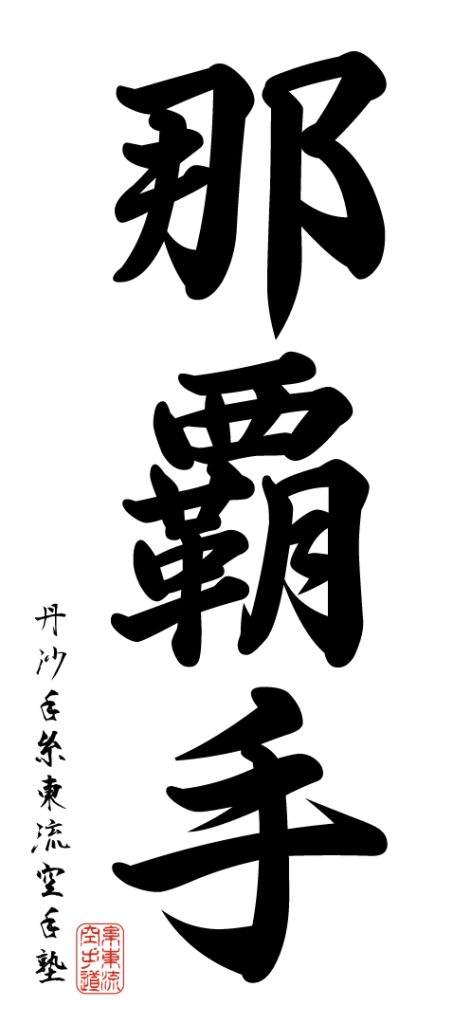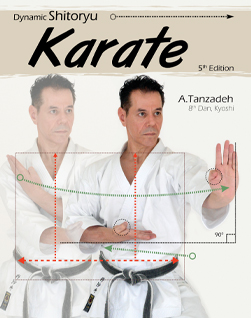Naha-te (那覇手Okinawan: Naafa-dii)
Nahate originating in the city of Naha in Okinawa, Naha-te is one of the three major systems of Okinawan Karate (Okinawa-te), alongside Shuri-te and Tomari-te. While these systems share common roots, Naha-te distinguishes itself through its emphasis on strong stances, close-range techniques, and deep breathing methods.
At the heart of Naha-te lies the principle of rootedness and stability, embodied by its signature stance, Sanchin-dachi. This stance, characterized by a solid, triangular base, enables practitioners to generate power from the ground up, channeling it into their strikes with maximum efficiency. Through relentless practice of Sanchin-dachi and other foundational stances, Naha-te practitioners cultivate a strong physical and mental foundation, essential for mastering the art.
Central to the philosophy of Naha-te is the concept of “Inyo (Yin &Yang),” representing the harmony of opposing forces. This principle underscores the need for balance in all aspects of training and life, advocating for moderation, adaptability, and resilience. In application, Inyo manifests in techniques that blend hardness and softness, aggression and defense, resulting in a flexible arsenal capable of handling a wide range of scenarios.
In the realm of combat, Naha-te excels in close-quarters engagements, where practitioners can leverage their strength and stability to control the flow of the confrontation. Utilizing techniques such as grappling, joint locks, and strikes to vital points, Naha-te practitioners aim to neutralize threats swiftly and decisively, often with minimal force expended. Naha-te has gained a reputation as a powerful martial art due to its high level of efficiency and efficacy in self-defence.






